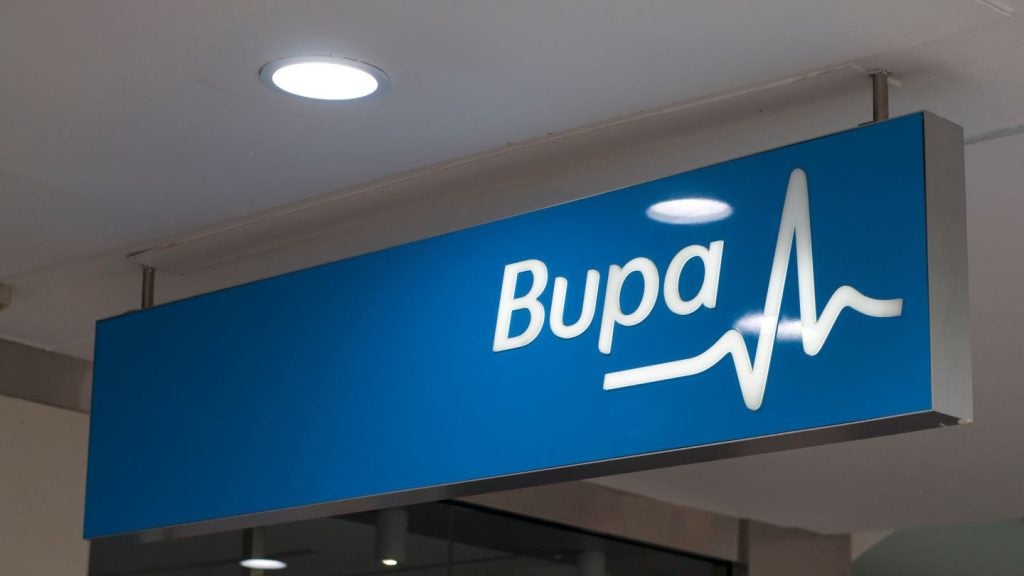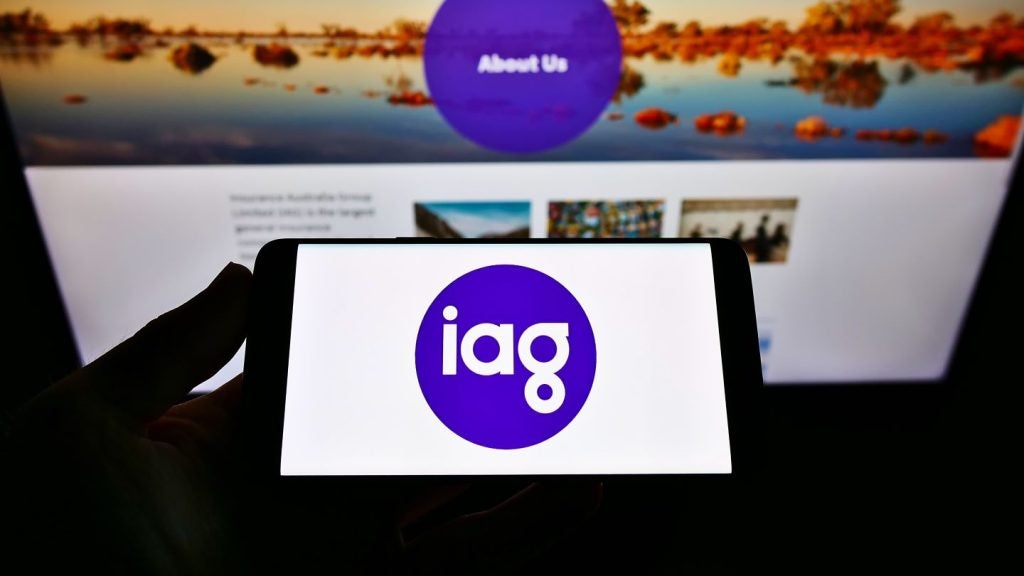Industry Attractiveness
The Dutch insurance industry is developed, matured and highly competitive. This is mainly due to its large health insurance market. The Dutch insurance industry is dominated by the personal accident and health insurance segment, which holds an industry share of 58.8%, followed by the life insurance segment with a share of 25.0% and the non-life segment, which accounted for 16.3% in 2012.
Dutch insurers employ a combination of distribution channels to maximize sales potential, however, the type of channel used differs according to the coverage being offered. The main distribution channel in the Netherlands is direct marketing, followed by brokers, bancassurance and agencies.
The Dutch insurance industry has undergone a period of financial and regulatory complexity since 2008, when it was adversely affected by the global financial crisis, the European debt crisis and the government’s decision to allow bank saving products into the savings market. The global financial crisis caused large firms such as ING, Aegon and SNS Reaal to seek financial assistance from the Dutch government. Major insurers such as ING, Aegon and SNS Reaal were bailed out by the Dutch government in 2008. ING, the largest life insurer, received EUR10 billion (US$14.6 billion), while Aegon received EUR3 billion (US$4.4 billion) and SNS Reaal received EUR750 million (US$1.1 billion) from the government.
Consequently, gross written premiums declined moderately from EUR79.3 billion (US$116.2 billion) in 2008 to EUR76.0 billion (US$97.8 billion) in 2012, at a CAGR of -1.1%. The personal accident and health insurance segment, however, registered positive growth, with a CAGR of 3.0% during the same period, owing to health reforms introduced in 2006. The segment is the largest in the industry and contributed EUR44.7 billion (US$57.5 billion) in 2012.
The life insurance segment in Netherlands was the thirteenth-largest in Europe in 2011. The segment held an industry share of 25.0% of the total gross written premiums in 2012. It through a number of setbacks between 2008 and 2012, resulting in severe falls in premium income and the number of life policies sold. Its gross written premium declined at a CAGR of 7.9% to value EUR19.0 billion (US$24.4 billion) in 2012. In addition, the financial crisis in the late 2008 severely affected the life insurance business in the Netherlands, and left major insurers low on capital to receive assistance from the Dutch government.
The segment faced another setback in 2008 when the government decided to allow banks to offer savings products with the same tax advantages for consumers as that attached with insurance products. This had a significant impact on the segment, with longer-term structural consequences for the life insurance products and increased competition from banks by which the segment has yet to recover. Moreover, a decline in the sales of unit-linked products was also recorded in that period due to the deteriorating performance of the financial markets, coupled with controversy over the transparency of the life insurance industry’s cost structure. This triggered a loss of confidence among consumers for unit-linked products. Sales of mortgage-related insurance products were also affected by a weak housing market and a prolonged period of low interest rates.
The Dutch non-life insurance segment was among the top 10 non-life segments in the world in terms of gross written premiums in 2011 and was led by property insurance and motor insurance. The non-life segment recorded a slight fall between 2008 and 2012 due to the decelerated growth rates of the property and motor insurance categories. The gross written premiums slowed down from EUR13.2 billion (US$19.3 billion) in 2008 to EUR12.4 billion (US$15.9 billion) in 2012, registering a CAGR of -1.6%.
Non-life insurers are focusing on reducing costs and improving efficiency to generate sufficient profit margins along with increasing their segment share. As the efficiency of insurer’s increases and as the economic conditions in the country improve, the segment is expected to grow at a CAGR of 2.1% and reach EUR13.7 billion (US$17.5 billion) in 2017.

Access deeper industry intelligence
Experience unmatched clarity with a single platform that combines unique data, AI, and human expertise.
The Netherlands is one of the highest healthcare spenders among OECD countries. The personal accident and health segment was largely unaffected by the global financial crisis and the subsequent eurozone debt crisis. Its growth was primarily driven by the introduction of a new healthcare system in January 2006. The main aim of these reforms was to increase competition and private health contribution in the segment, in order to meet up with country’s rising healthcare costs.
Fierce competition coupled with an increase in tax rates for insurance, from 9.7% in 2012 to 21% in 2013, and ban on commission for brokers are expected to further affect the growth of the industry. As such, the industry is expected to grow at a slow CAGR of 2.9%
Segment Outlook
The Dutch life insurance segment held an industry share of 25.0% of the total gross written premiums in 2012. The segment went through a number of setbacks between 2008 and 2012, such as, shift of consumer demand from life products to bank savings products and low returns from unit linked products resulting in severe falls in premium income and the number of life policies sold.
Consequently, the segment’s gross written premium declined at a CAGR of 7.9% from EUR26.4 billion (US$38.7 billion) in 2008 to EUR19.0 billion (US$24.4 billion) in 2012. The number of active policies fell drastically from 42.5 million in 2008 to around 31.8 million in 2012, due to growing demand for bank saving products, depressed housing markets and volatility of stock markets. Life insurance penetration as a percentage of GDP also recorded consistent declines, and fell from 4.4% in 2008 to 3.2% in 2012.
The financial crisis in the late 2008 severely affected the life insurance business in the Netherlands, and left major insurers receiving assistance from the Dutch government.
However, the efficiency level of the Dutch life insurers remained quite high between 2008 and 2012. The ratio between the actual and required solvency levels stood at 238% even after falling in 2012 by 100%. This was even when the insurers daily pay out to individuals and corporate was EUR189.0 million (US$243.0 million) in 2012. According to De Nederlandsche Bank (DNB) statistics life insurers maintained a stable operating cost of 13%-14% per euro premium received and hence increase the scope for generating profits.
The Dutch economy shows signs of slight recovery due to tight fiscal policies and low domestic demand in the country. Under such situations, government finances are under pressure to meet up with the fiscal requirements as set by the EU rules. Certain sections such as country’s high dependence on international markets, primarily the recovery of European Union countries are expected to bring in relief in the economy. Under such situations the life insurance segment is expected to recover solely on the efficiency that the insurers maintain in the future.
Traditional channels, such as insurance agencies and brokers, were the main channel of distribution for life insurance products in Netherlands, accounting for a combined segment share of 52% of the total new written premium business in 2012. However, the Ministry of Finance, which oversees the financial services industry, including insurance, banned brokerage commission on complex insurance products. This provision which came into force from January 2013 is expected to lead to an overhaul in the role of agencies and brokers. On the other hand, cost effective channels such as bancassurance and direct marketing are growing in the country as insurers struggle to cut costs.
Although, the life insurance segment faced huge competition from banking products, the new strategies and products implemented by the insurers are expected to determine gradual growth of the segment in the long-run. As such, the life insurance segment is expected to rise at a CAGR of 2.1% to value EUR21.1 billion (US$26.9 billion) by 2017.

US Tariffs are shifting - will you react or anticipate?
Don’t let policy changes catch you off guard. Stay proactive with real-time data and expert analysis.
By GlobalDataDistribution Channels
The Netherlands has a multichannel distribution platform for life insurance products, and the use of diverse distribution channels has aided the life segment in the country. An insurance company may offer its products via branch offices, intermediaries or through ‘direct writing’, which is direct contact between the client and company. Increased use of the internet has strengthened the direct writing channel in recent years.
The overall new written premium business through all the channels reduced significantly from EUR7.1 billion (US$10.4 billion) in 2008 to EUR3.3 billion (US$4.2 billion) in 2012, at a CAGR of -17.4%. The fall was evident in all the channels, highest being in agencies, brokers and direct marketing.
The fall in the new written premium business in the life insurance segment between 2008 and 2012 was caused by domestic and international factors. On the domestic front, factors such as the introduction of tax effective bank saving products and reduced consumer confidence due to controversies surrounding unit-linked products in the country, reduced the new written business in the country.
On the international front, the persistent Eurozone financial crisis lead to a reduced return on investments and increased liabilities, due to low interest rates. Insurance agencies were the leading distribution channel in the life segment, followed by direct marketing, brokers and bancassurance. The three leading distribution channels namely, agencies, direct marketing and brokers lost their segment shares while bancassurance share rose significantly.
Insurance agencies dominated the Dutch life insurance segment between 2008 and 2012 and accounted for 31.15% of the total new written premiums in 2012. However, the channel’s written premium recorded highest fall in the segment at a CAGR of -19.5%. This was mainly due to falls in the new written premium business in the segment and preference of cost efficient channels by the customers. Its share is expected to decline further to 20.3% of the gross written premium for new business by 2017.
The Broker’s channel is the third largest channel in the segment and is also facing similar problems to agencies. The channel registered the second highest fall in new written premium business recording a CAGR of -19.4% between 2008 and 2012. Moreover, its share in the segment’s written premiums is expected to fall from 20.85% in 2012 to 13.3% by 2017, due to upcoming cost effective channels in the country.
Bancassurance was the only channel to increase its share during the turbulent financial conditions. The channel’s written premium contribution to the segment grew from 12.9% in 2008 to 20.0% in 2012, a figure which is anticipated to reach 27.3% by 2017. Moreover, new written premiums business fell at a CAGR of -7.8%, the least among other distribution channels in the life insurance segment. Demand of insurance products through bancassurance channel is on the rise, as the banking network in the country is quite large and tax incentives to banks for certain products are huge. A shift from traditional distribution channels such as agencies and brokers to cost effective channels such as bancassurance, direct marketing and online distribution is evident in the Dutch life insurance segment.







